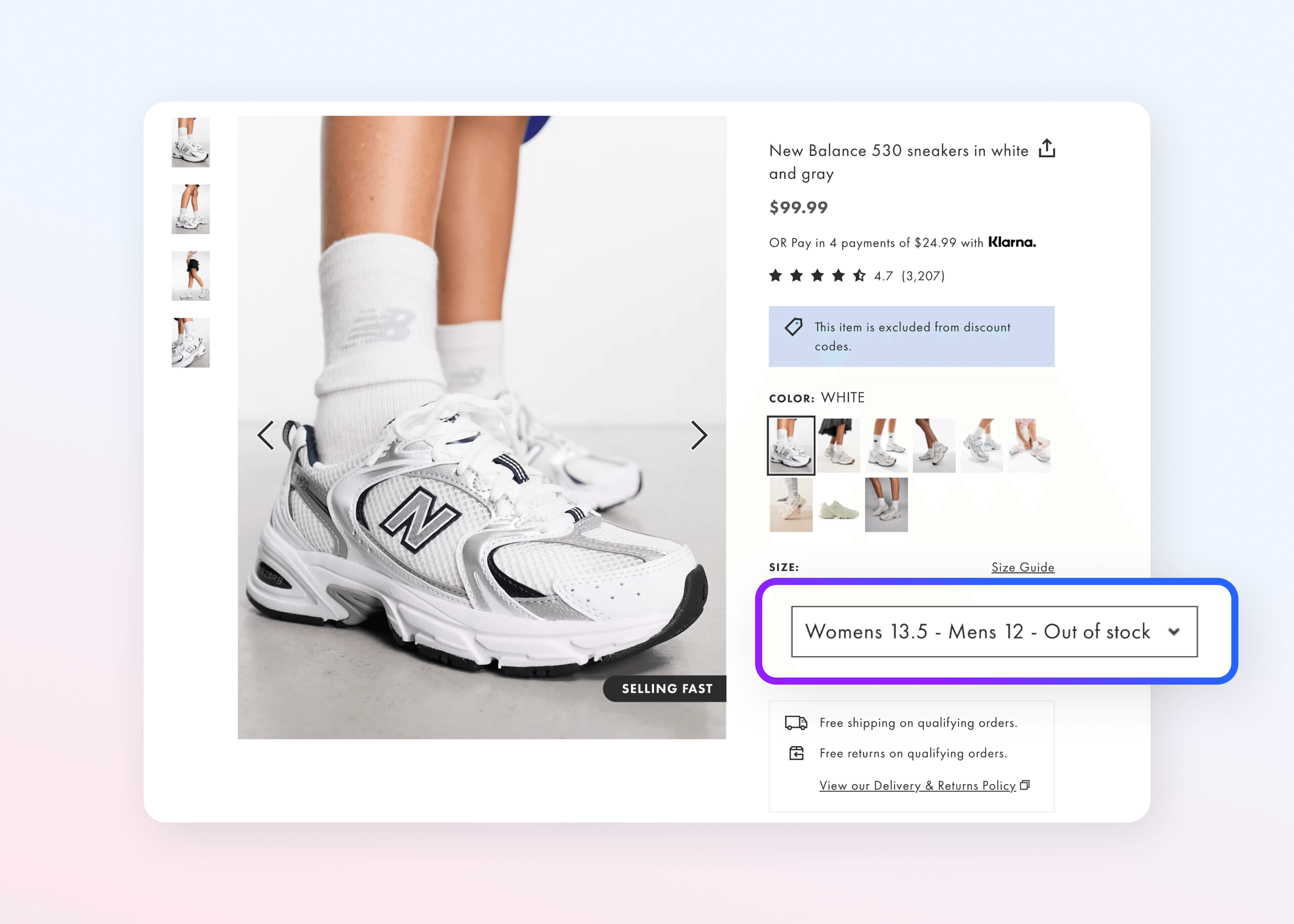The Platform Economics of Marketplaces Win Over the eCommerce Model

Enterprise marketplaces have proven to be far more profitable and scalable than businesses that rely on first-party eCommerce alone. A major factor is the unique financial model of these platform economy businesses.
Forget the millennium-old retail mantra of “buy low, sell high.” The marketplace mantra is “enable others to transact and charge fees.”
eCommerce gross profit can be simplified as the price paid by the customer (set by the eCommerce operator) minus the merchandise cost paid to the vendor.
Loading...
Loading...
Marketplace gross profit can be simplified as the price paid by the customer (set by the third-party seller) times the commission fee. As with first-party retail, many other factors affect marketplace gross margins and net margins, grouped into revenues and expenses. In another simplification, the diagram below shows major categories of revenue to increase (fees, advertising, and other) and expenses to decrease (capital expenses, or CapEx, and operating expenses, or OpEx).
Breaking down enterprise marketplace revenue
Most marketplaces start by generating the majority of revenue in the fees category, mostly with commissions. Commissions are typically established in a grid based on the category and often are between 10% to 20% of gross merchandise value (GMV), but can vary outside that range based on seller margin and marketplace operator goals. Additional fees might include:
Monthly or annual subscription fees, which may include a premium option. Most marketplaces charge sellers some sort of subscription fee.
Lead fees, which can be charged for just connecting a seller with a prospective buyer. Marketplaces that sell services sometimes charge a lead fee since there may be a higher risk of “platform leakage” (transactions occurring outside the marketplace).
A listing fee per item. While a few marketplaces (typically C2C sites like eBay) charge listing fees, this can be a deterrent to growing a catalog.
Fees often increase as marketplaces grow and the flywheel effect kicks in.
Advertising is a fast-growing second category of marketplace revenue. Amazon, for example, just reported $8 billion of marketplace ad revenue in 2020 Q4, a 64% year-over-year growth. Advertising can take many forms: banner ads, featured products, search headlines, featured brands, category prioritization, and even offsite ads. Instacart also earns substantial advertising revenue from CPG brands that aren’t even direct sellers on their marketplace.
Marketplaces also have a variety of other potential sources of revenue. For example, they can charge for access to additional tools or the massive amounts of data collected by marketplaces. Additional technical services or integrations can be performed for a fee. Likewise, commercial services such as customer support can be provided. Large marketplaces or those with established distribution channels may also offer fulfillment as a service (like Amazon’s FBA). New revenue models are constantly emerging as marketplaces scale, business models evolve, and the underlying platforms become more powerful.
Understanding enterprise marketplace expenses
Like any business, marketplaces incur one-time capital expenses and recurring operating expenses. However, unlike traditional eCommerce, retail, or distribution, expenses don’t scale linearly with revenue. As the marketplace flywheel builds momentum, the incremental cost of adding one more seller, one more product, or one more order approach zero.
The major capital expenses to start a marketplace tend to be up-front software licensing, implementation fees, and other launch expenses. Fortunately, Mirakl’s best-of-breed, API-based marketplace platform has substantially reduced the cost of building a marketplace. When McFadyen Digital was custom-coding marketplaces 10-15 years ago the typical costs ranged from $3 - $12 million, and development usually took at least two years. After partnering with Mirakl five years ago we have launched many marketplaces in 4-6 months for a fraction of the custom-build cost.
Recurring marketplace operating expenses are generally grouped into marketing costs, software licenses/maintenance, ongoing technology professional services, internal staff, and per-transaction fees. SaaS platforms like Mirakl reduce ongoing platform maintenance and enhancement expenses, since features are frequently released to marketplace operators. Also, once a marketplace achieves a certain scale the benefits of increased organic traffic from the larger catalog SEO may actually reduce paid SEM costs. An example variable expense per transaction is credit card payment processing which might cost 1% - 3% of GMV.
Optimizing marketplace finances
Two of the many benefits of marketplaces over traditional eCommerce are the increased data that can be collected and the additional inputs that can be used to optimize financial performance. The diagram below shows sample levers which can be pulled to tune the marketplace engine and sample key performance indicators (KPIs) to watch on the dashboard. We group marketplace inputs into seller-side and buyer-side levers.
On the seller side, a marketplace operator can increase their investment in seller recruiting to increase the number of sellers, products, and offers. The strictness of curation, or filtering out certain categories or products, will also affect the number of products in the catalog. Fees for commissions, membership, and advertising also affect seller behavior and marketplace revenue.
Loading...
More customers can be attracted on the buyer side with other levers. For example, increases in marketing spend for SEM, email, social, and other channels will drive more buyer traffic. Conversion rates often increase after investments in an improved user experience and new features. Offering alternate payment types such as eWallets and credit terms can also drive additional sales. The correlation between levers and key performance indicators isn’t always clear. We typically implement A/B split tests or multivariate testing to fine tune marketplace performance.
This blog post provided an abbreviated overview of the marketplace profit model, revenue sources, expenses, and optimization. A deeper dive into this subject and many others is available in the recently published 400+ page book “Marketplace Best Practices” by McFadyen Digital, now available on Amazon.



